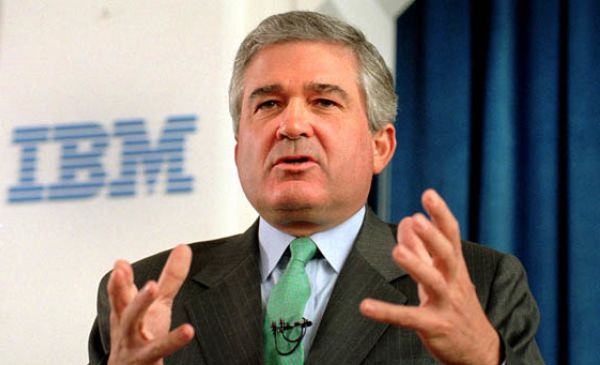Not long ago I read a splendid article on the use of employees in field marketing, which concluded that employees were an excellent way to communicate brand values. Unfortunately, even when the entire workforce has been carefully selected and schooled in the brand, all the good work can be undone by a single employee: the chief executive.
Matthew Barrett, chief executive of Barclays, provided a classic illustration of this a few years back. Questioned by George Mudie MP about his personal finances, Barrett replied: “I do not borrow on credit cards. It is too expensive. I have four young children. I give them advice not to pile up debts on their credit cards.”
Some have compared this gaffe to that of former jeweler Gerald Ratner because both chief executives drew attention to the poor quality of their products. In less than 20 seconds Barrett achieved something his major competitors, working for several years with multi-million-pound marketing budgets, had failed to do. His comments ensured that every newspaper printed a table revealing that Barclaycard’s credit charges exceed those of almost every other competitor in the market.
But Barrett surpassed Ratner in his impact on the brand. Ratner’s was a cheap, disposable jewellery brand with little or no brand equity.
At Barclays, Simon Guliford and his team had been working for several years to position the brand as ‘fluent in finance’. Of all the positioning statements in all the world, Barrett had to walk into that one. Millions of pounds had been spent building the positioning that Barclays uses its expertise to do the best job for its customers in a fluent, professional and caring way. Overnight, a single individual speaking off the cuff severely damaged Barclays’ most valuable strategic advantage.
Barrett and his example is not unusual. He is part of a generation of chief executives who, despite leading their organizations, make no positive impact on their brands. At best, these chief executives will not damage their brands.
There are some exceptions: Sir Richard Branson’s enthusiasm, Britishness, entrepreneurial spirit and passion for customer value are the single biggest contributors to Virgin’s brand equity; Bernard Arnault is a refined, elegant, creative Frenchman who is rarely encountered in the mass media – just what one would expect from LVMH; Sir John Bond was born in Britain, educated in the US and employed for 25 years in Asia: very useful if you are the chief executive of HSBC; similarly, Martha Lane Fox is the young, outgoing, not-male, fun, optimistic and well-organized co-founder of lastminute.com.
The past few years have been lean for dotcom businesses, but Lane Fox’s prominence was able to keep customers and investors aware and in favor of last minute in a manner congruent with its intended brand positioning.
Unfortunately, the exceptions are few. Most marketers are saddled with an indistinguishable army of distinguished old men. Their brands may be unique but the people in charge are as interchangeable as the chauffeur-driven sedan cars that take them to work each day.
The Blake Project Can Help: Accelerate Brand Growth Through Powerful Emotional Connections
Branding Strategy Insider is a service of The Blake Project: A strategic brand consultancy specializing in Brand Research, Brand Strategy, Brand Licensing and Brand Education




